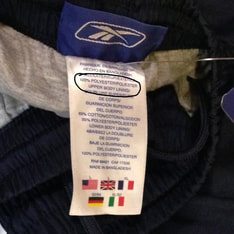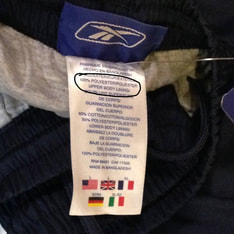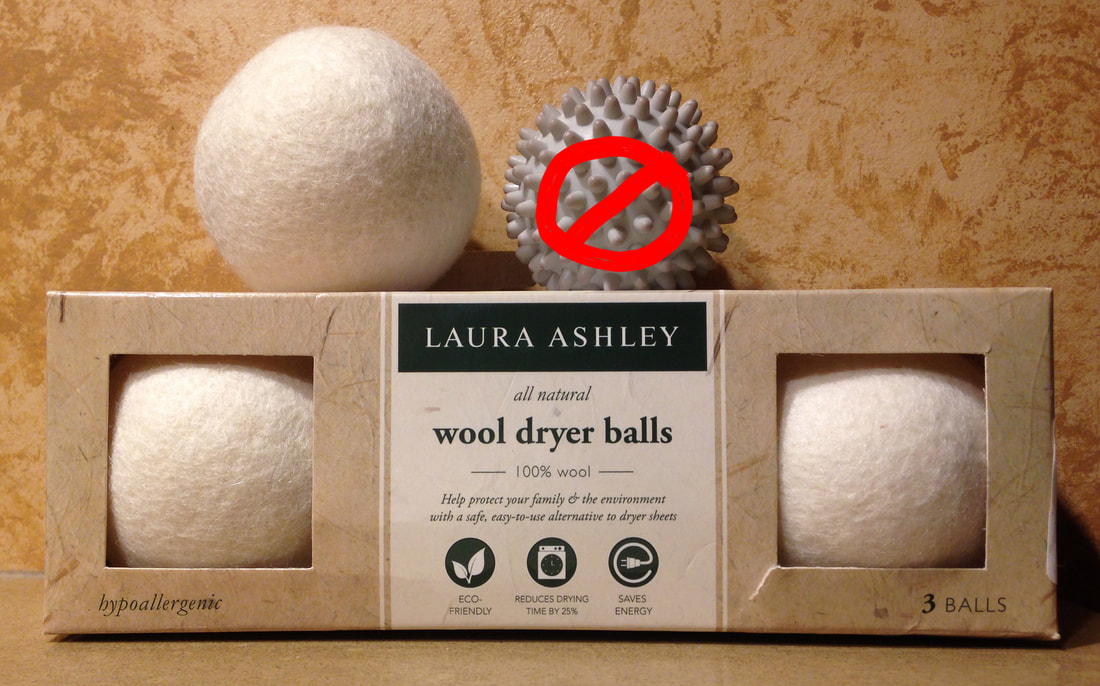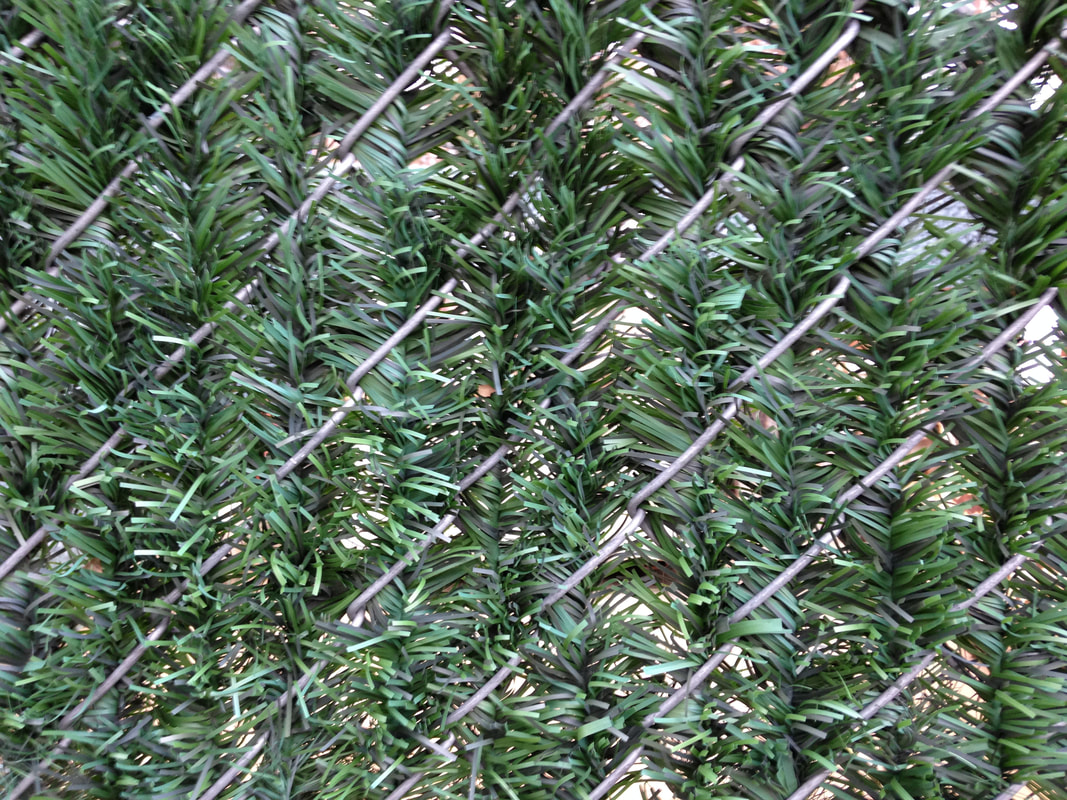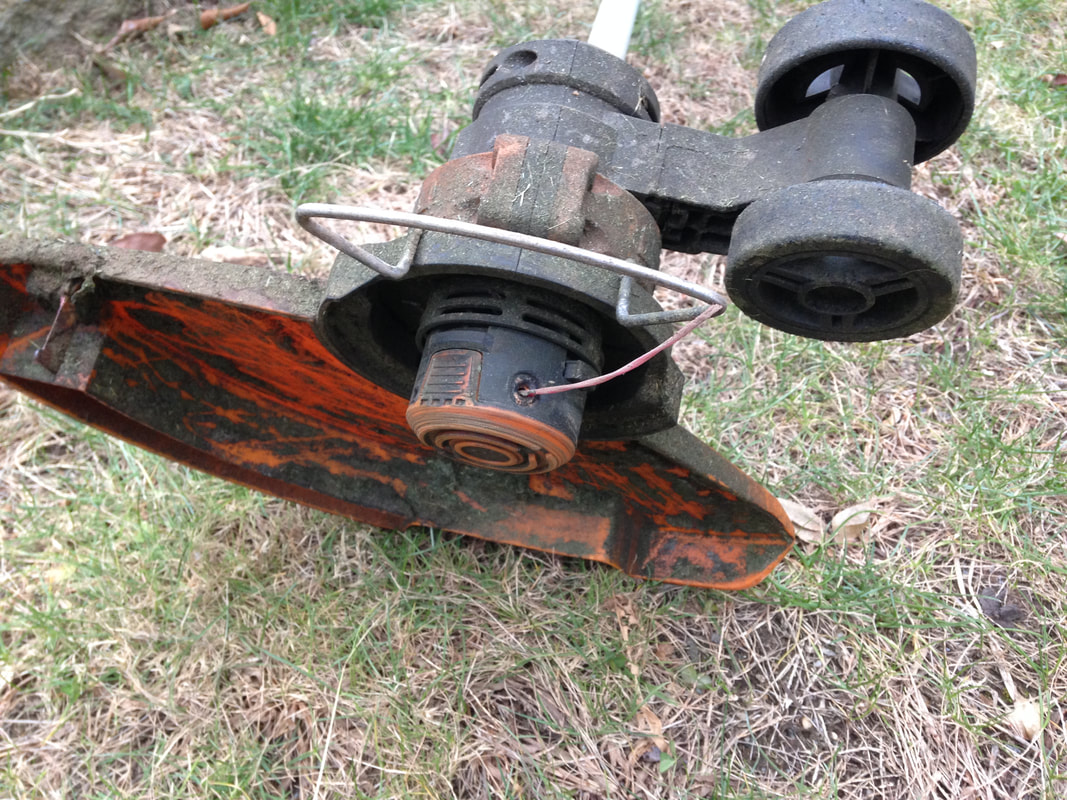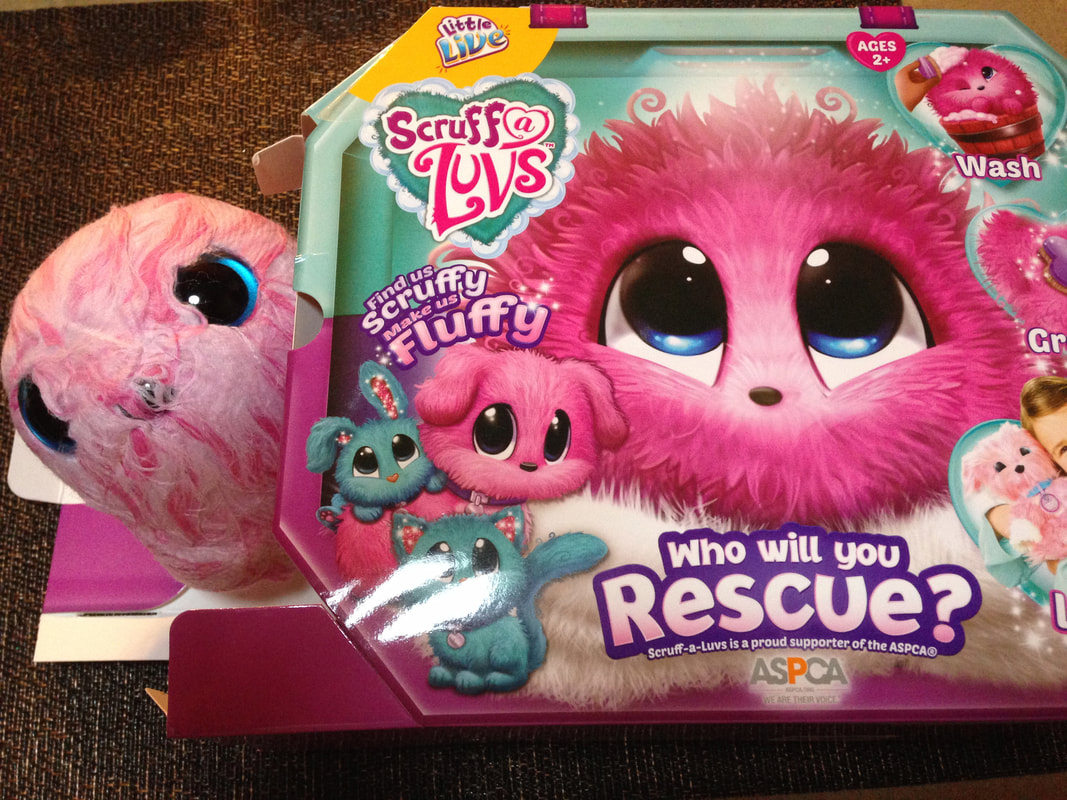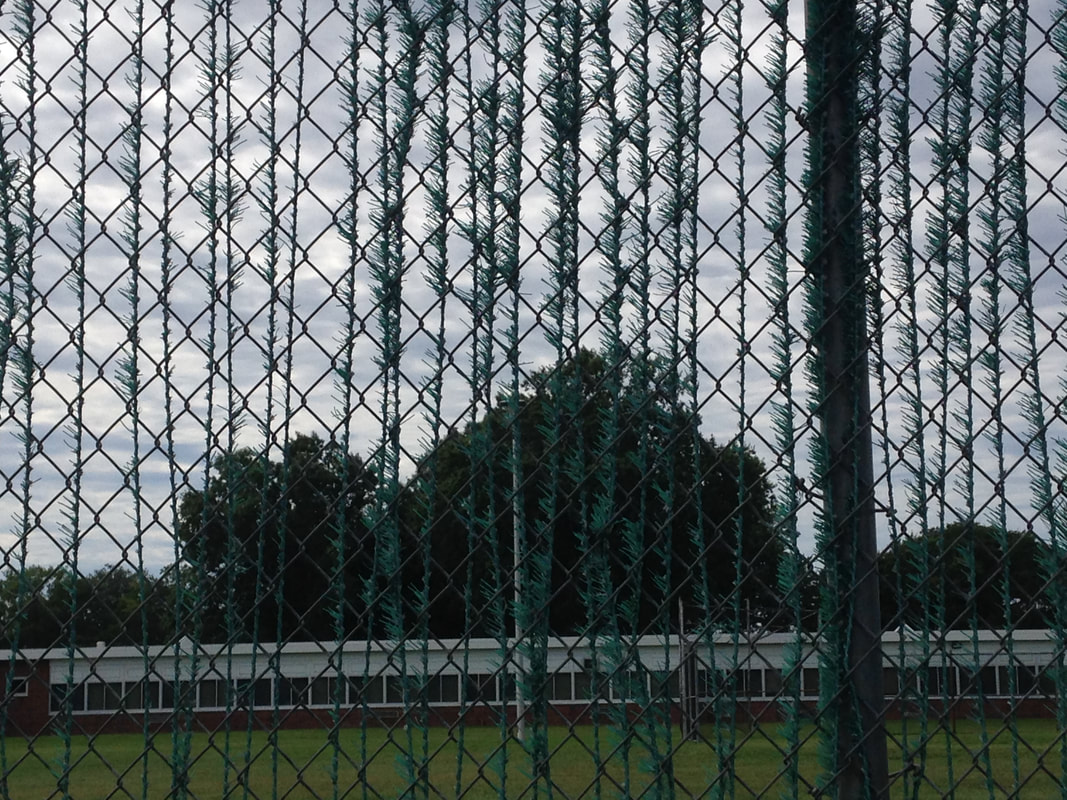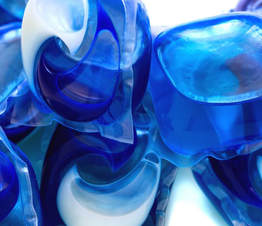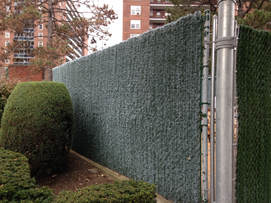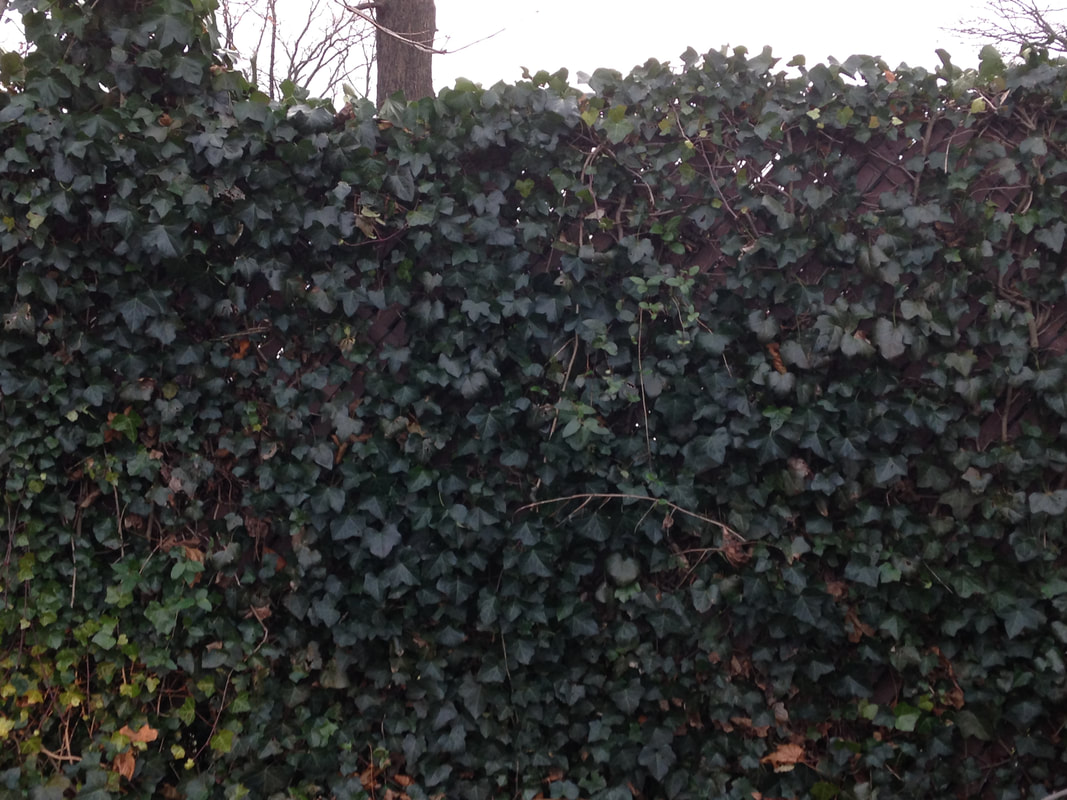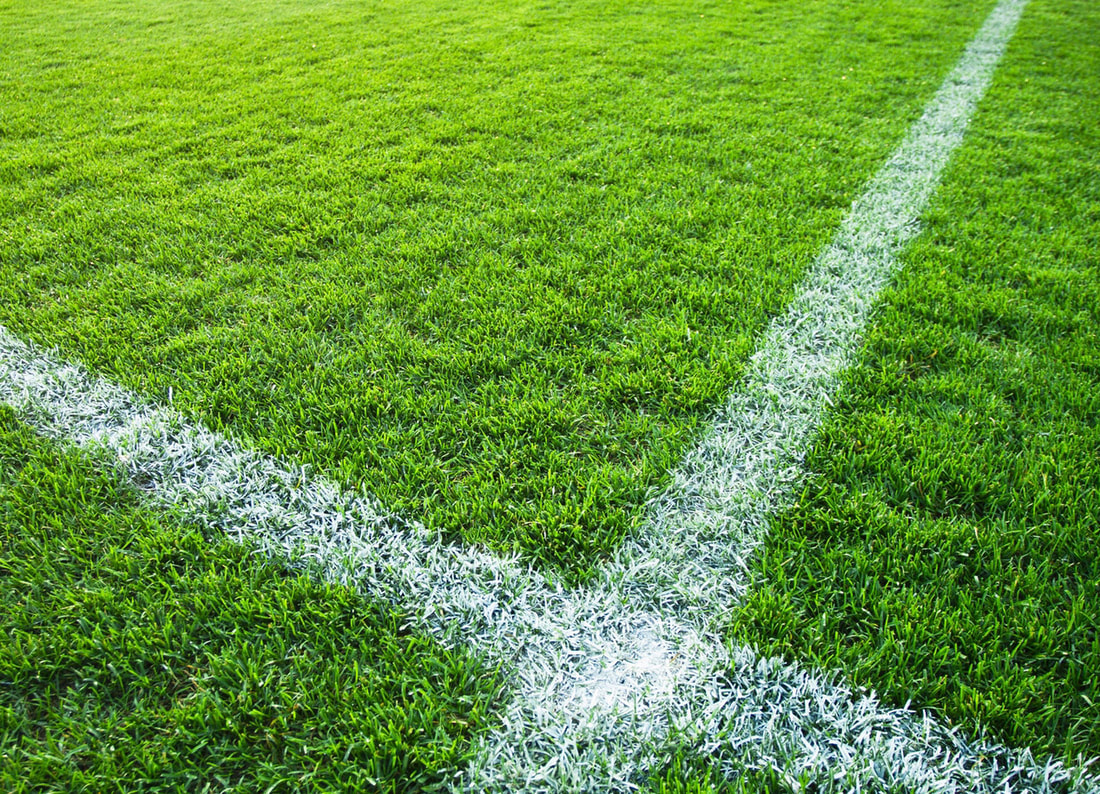Identification of Common EveryDay Plastic (CEDP)
|
The following is support material, posted on this page in association with the Book,
Plastic Clouds by Bill Lauto This support material is presented to demonstrate how we may all be contributing microplastic particles into our environment on a daily basis and to warrant investigational research. This research should determine if microscopic particles of plastic are being produced from all of the EveryDay Plastic products we use. A small sample is presented below from Common EveryDay Plastic (CEDP) used. This investigational examination was conducted by Bill Lauto at Going True Green. All images can be enlarged by clicking on them - Thank you. |
Image #1WEach washing machine cycle could release 700,000 microscopic plastic fibers. Data established by Richard Thompson, professor of marine biology at Plymouth University, who conducted the investigation with a PhD student, Imogen Napper.
Image #4WPlastic Balls in the clothes dryer prevent static cling and save money compared to the Dryer Sheets. However, we need to now examine the plastic dryer balls and how they break-down over time. Are they creating macro size plastic particles only to be blown outside into our air through dryer vents? New Wool Clothes Dryer Balls seem to be the best way, unless we just use a good old clothes line.
Image #3AAbove is a close up image of a fence with new plastic privacy inserts. However, after the test of time and nature they become less dense and virtually non existing. - See Image #4A.
Image #6AAdditionally, we have plastic whips on Weed Whackers or Lawn Edgers with millimeters being trimmed off automatically every time they are turned on and used. Bits of plastic fiber are being tossed into the air across our Country. Are Lawn Edgers and Weed Whackers with a metal blade not good enough?
|
Image #2WChildren’s toys ready to go into the Washing Machines so they can become Fluffy. These products are made of plastic fibers!
Image #1AOutside we put up decorations made of plastic and the questions must deal with the breakdown of these plastics when exposed to Nature's Elements. Plastic items left outside 24/7 for various reasons will breakdown faster than seasonal decor.
Image #4AIn less than eight years, the school’s playground and class rooms are again visible and all privacy for the students is lost. The Plastic Fence Barrier has been shredded away by Mother Nature. So is the solution to raise school taxes again for more Plastic Fence Inserts or look toward Mother Nature for the answer? - See Image #5A.
Image #7ACloseup view of a frayed plastic whip on a Lawn Edger can be seen above. Metal blades last longer than multiple spools of plastic whips, so is making a greater profit the only reason for selling this design?
|
Image #3WCould the breakdown of these polyvinyl film packets fail to dissolve harmlessly away?
Numerous reports show how the colors now stain clothes in the wash and leave hard crusty matter building up on clothes or the washing machine's interior surface. Image #2APlastic items, such as Plastic Fence Barrier Inserts, are left outside 24/7 for various reasons. Apartment buildings and corporations hide their garbage dumpsters with this product. Schools use these products to create privacy for children in the school yards. (Continue to Images 3A,4A, 5A)
Image #5AMany times we are blind to solutions freely provided. These solutions not only save money, but also energy and earth naturally. Like in years gone by, if we let Ivy grow over and around the fence, we have a long-term solution for any fence barrier need.
Image #8AAstroturf is often used as a solution for drought stricken land owners who do not want to use more tolerant St. Augustine grass (Stenotaphrum) as a lawn. Also most sport stadiums around the world have been incorporating plastic fake grass more and more, but at what cost to our earth?
|
Even the decorative Plastic Reflecting Glitter on greeting cards, that comes off easily, needs to be considered a contributing factor.
None of these macro and micro plastic particles are Bio-degradable.
None of these macro and micro plastic particles are Bio-degradable.
This web page contains proprietary, confidential and/or privileged material for the sole use of the intended recipient(s) and viewer(s) in regards
to the book, Plastic Clouds by Bill Lauto. Any review, use, distribution or disclosure by others is strictly prohibited.
If you are not the intended recipient (or authorized to review for the recipient), please delete this webpage.
to the book, Plastic Clouds by Bill Lauto. Any review, use, distribution or disclosure by others is strictly prohibited.
If you are not the intended recipient (or authorized to review for the recipient), please delete this webpage.

